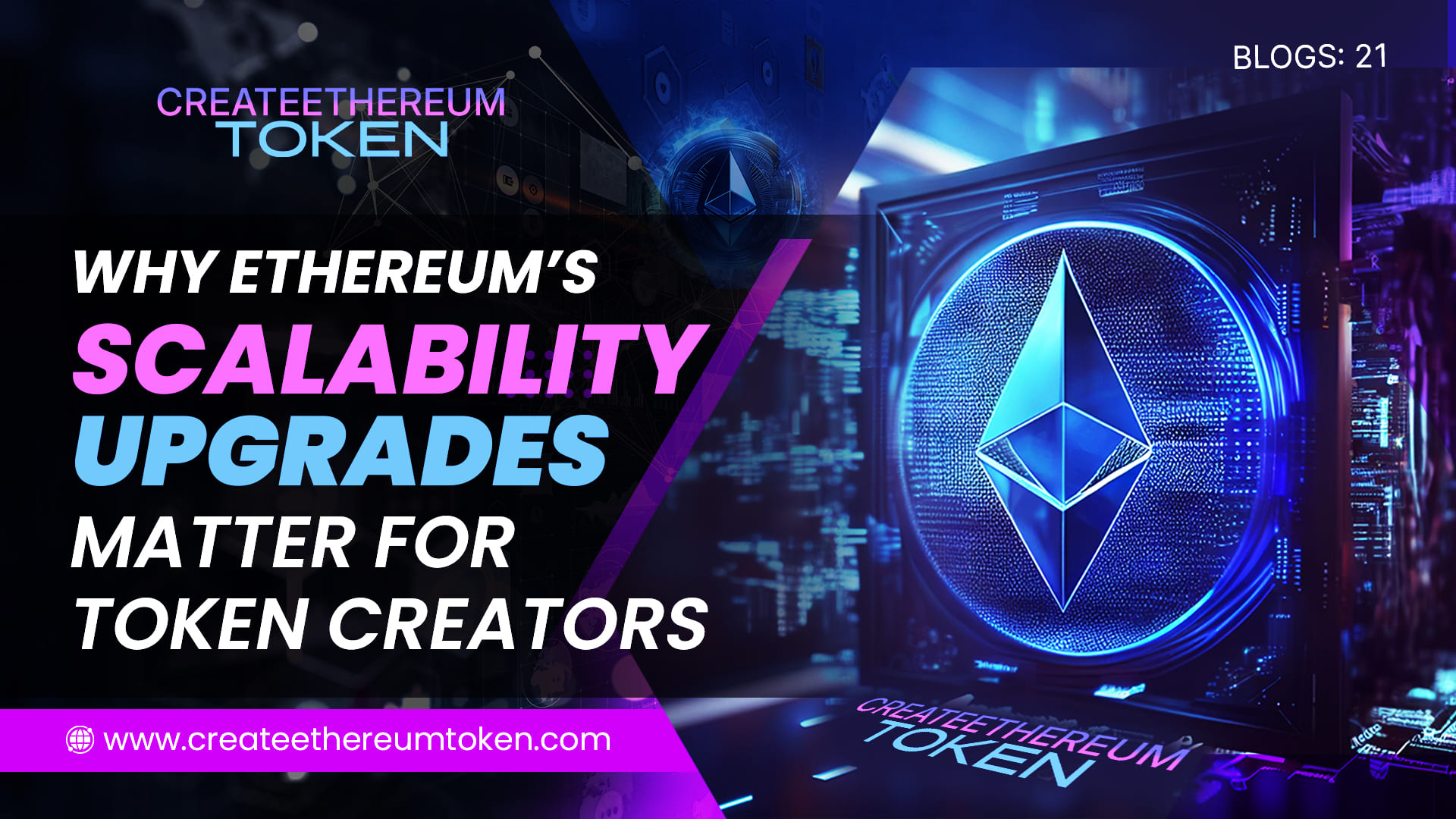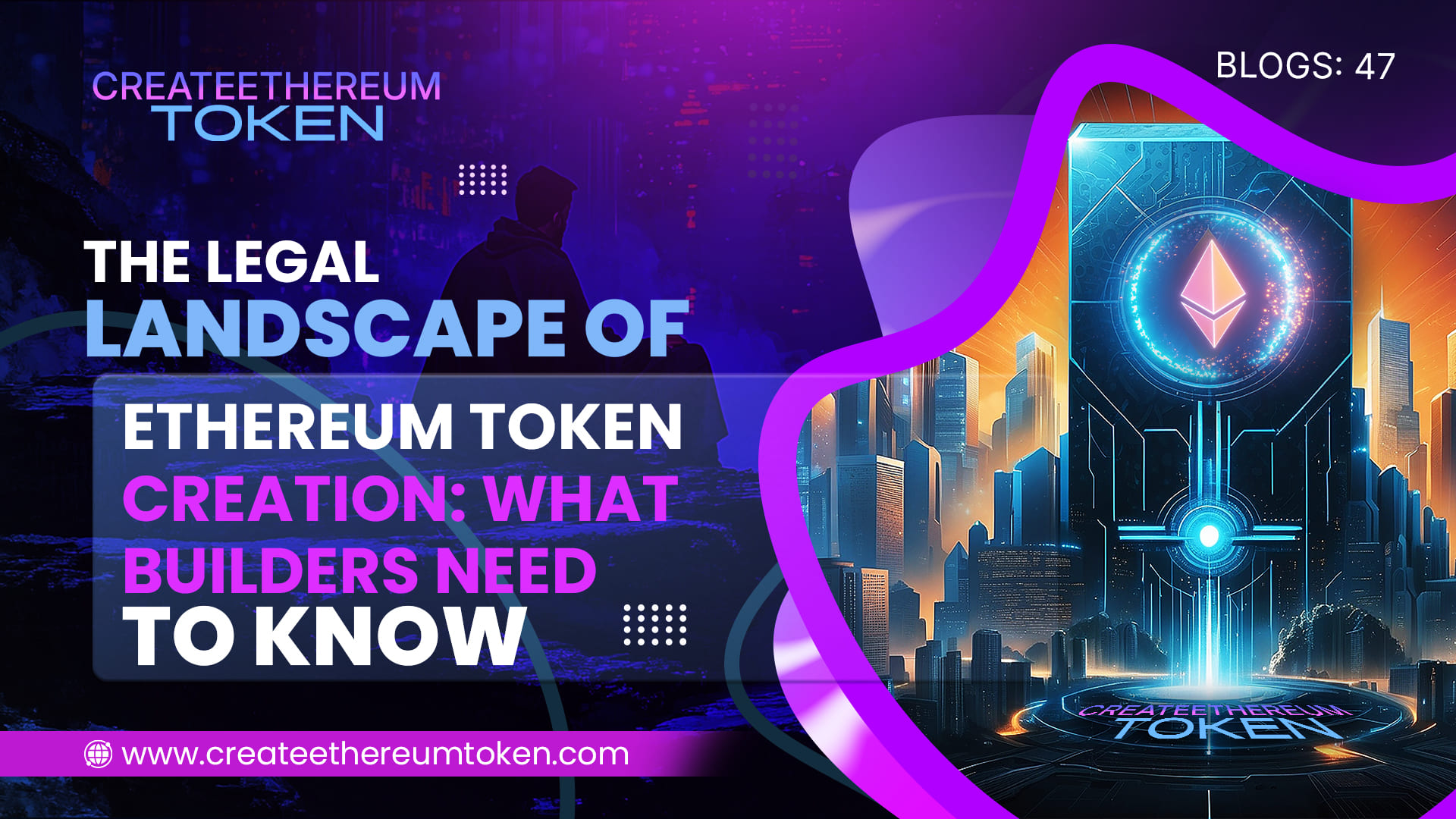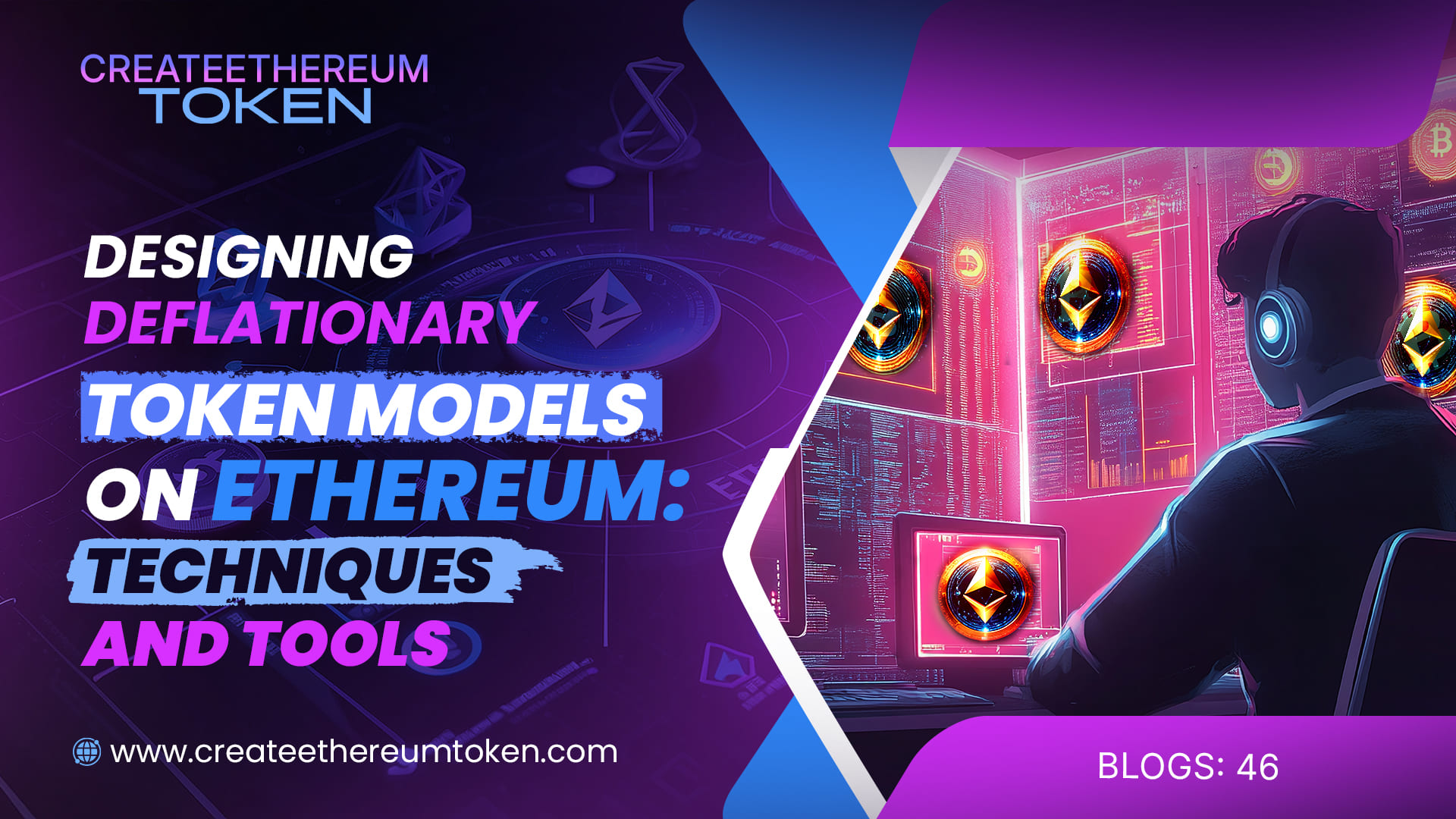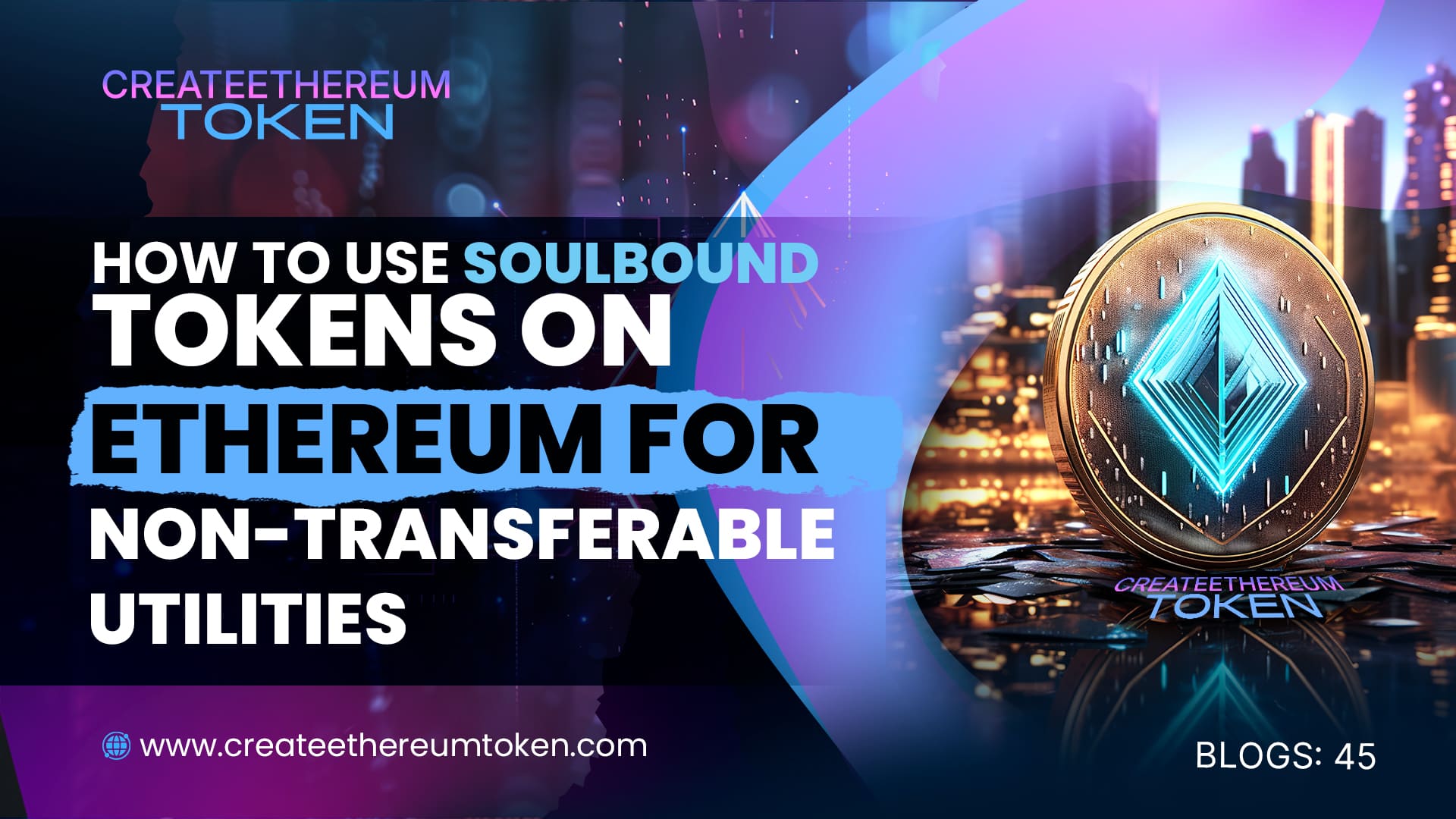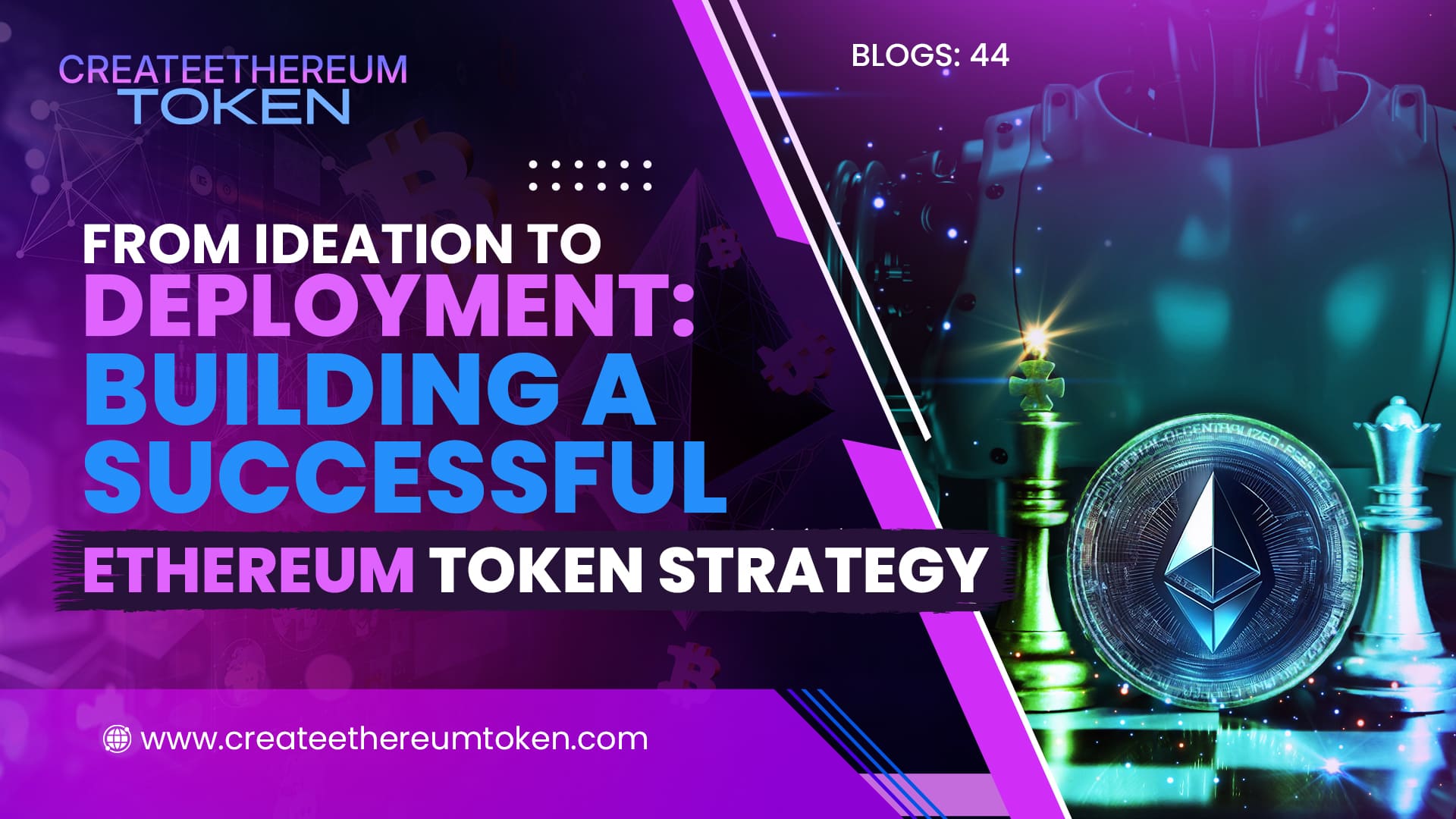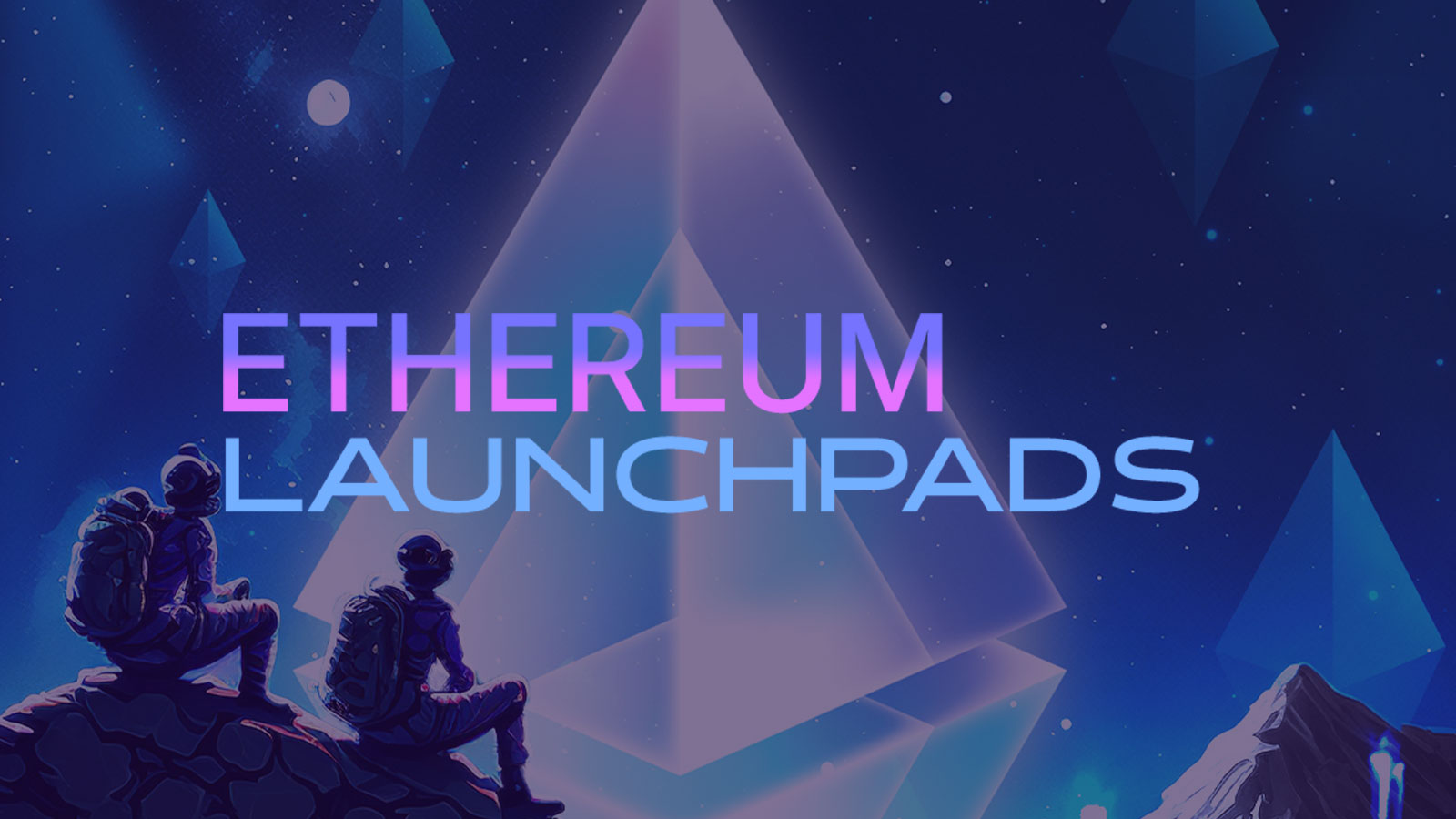December 25, 2024
Why Ethereum’s Scalability Upgrades Matter for Token Creators
Ethereum’s ongoing scalability upgrades are transforming the blockchain ecosystem, offering token creators unparalleled opportunities to enhance performance and reach. As Ethereum transitions to Ethereum 2.0 and implements new scaling solutions, token creators are poised to benefit from reduced fees, faster transactions, and increased network capacity.
What Are Ethereum’s Scalability Upgrades?
Scalability upgrades on Ethereum involve implementing changes to improve the network’s efficiency, capacity, and cost-effectiveness. These upgrades include transitioning to proof-of-stake (PoS), the introduction of shard chains, and the adoption of Layer 2 solutions like rollups and sidechains.
Key Benefits of Scalability Upgrades for Token Creators
- Lower Transaction Fees:
High gas fees have long been a challenge for Ethereum users. Scalability upgrades significantly reduce these fees, making it more cost-effective to mint, transfer, and interact with tokens. - Faster Transactions:
Increased network capacity ensures quicker transaction processing times, enhancing the user experience and enabling seamless interactions with decentralized applications (dApps). - Enhanced Network Efficiency:
With shard chains and Layer 2 solutions, Ethereum can handle a greater number of transactions simultaneously, reducing network congestion and improving overall efficiency. - Broader Adoption Potential:
Improved scalability attracts more developers and users to the Ethereum ecosystem, creating a thriving environment for token creators to launch and grow their projects. - Better Compatibility with Complex Use Cases:
Token creators aiming for advanced use cases like gaming, NFTs, or DeFi benefit from a scalable network that can handle high transaction volumes without compromising performance.
How Scalability Impacts Tokenomics
Scalability upgrades have a direct influence on tokenomics, including:
- Optimized Token Supply Distribution:
Lower fees make it feasible to conduct smaller transactions, allowing for more precise token distribution strategies. - Increased Accessibility for Users:
Reduced costs enable wider participation, fostering community growth and engagement for token projects. - Improved Utility for Tokens:
Scalable networks allow tokens to be used in more diverse and complex dApps, increasing their utility and demand.
Key Scalability Upgrades and Their Benefits
- Proof-of-Stake (PoS):
Ethereum’s transition to PoS reduces energy consumption and incentivizes token creators by providing a more sustainable and efficient network. - Shard Chains:
By splitting the Ethereum network into multiple shards, the blockchain can process transactions in parallel, significantly increasing throughput. - Layer 2 Solutions:
Solutions like Optimistic Rollups and zkRollups reduce the load on the main chain by processing transactions off-chain and settling them on Ethereum, ensuring scalability without sacrificing security.
Use Cases Enhanced by Ethereum’s Scalability
- Gaming Tokens:
Faster transactions and lower fees make Ethereum ideal for gaming tokens, enabling real-time interactions and microtransactions. - DeFi Tokens:
Scalable infrastructure supports complex financial operations like staking, lending, and yield farming, ensuring smooth operations for DeFi tokens. - NFT Integration:
With scalability upgrades, token creators can integrate NFT functionality into their tokens without worrying about prohibitive gas fees or delays.
Challenges and Opportunities
While scalability upgrades offer immense benefits, token creators must also navigate challenges like adapting to new technologies and ensuring compatibility with upgraded infrastructure. However, these challenges present opportunities for innovation and differentiation in the competitive blockchain landscape.
Conclusion
Ethereum’s scalability upgrades are a game-changer for token creators, providing the tools to build cost-effective, high-performing, and widely accessible projects. By leveraging these upgrades, token creators can unlock new opportunities, enhance user experiences, and position their tokens for long-term success in the evolving blockchain ecosystem.
